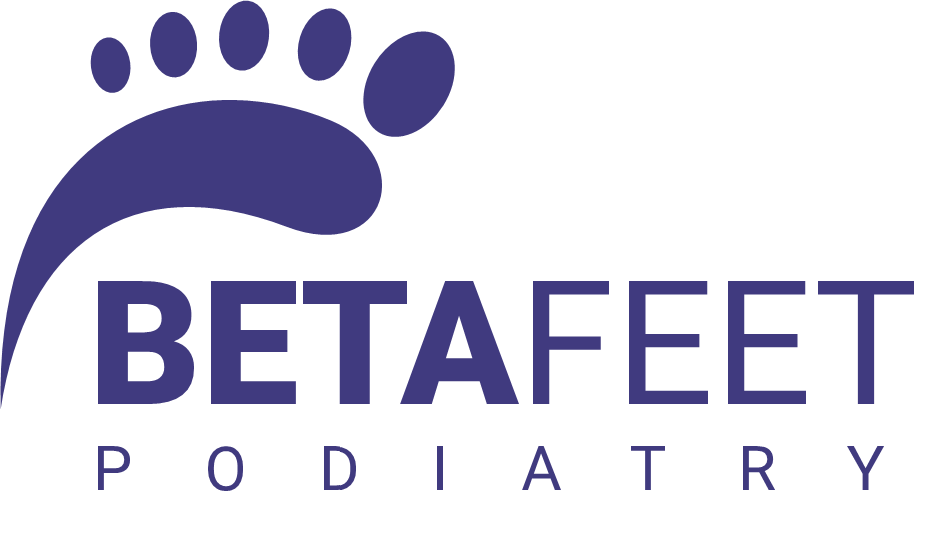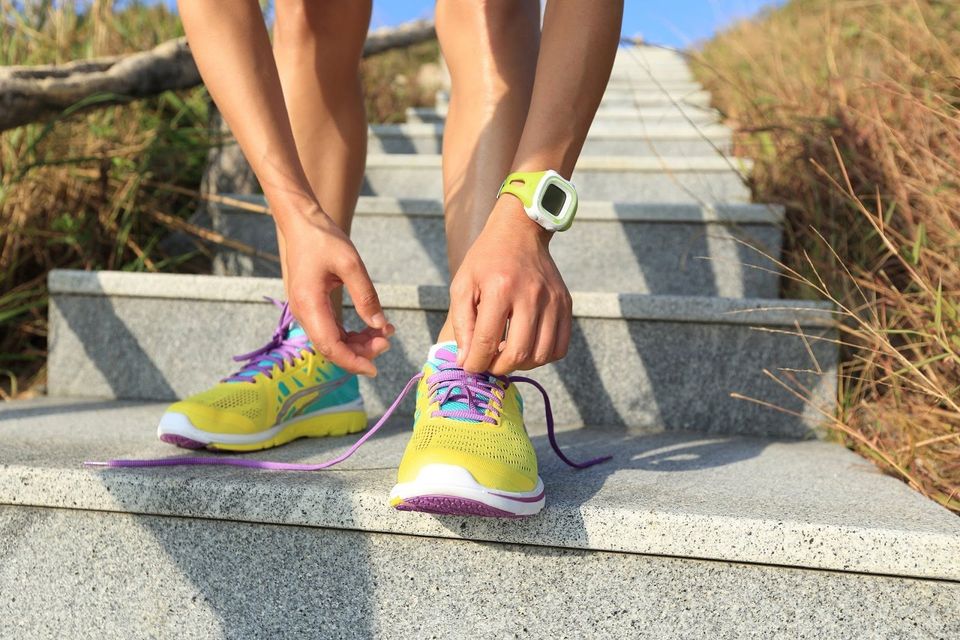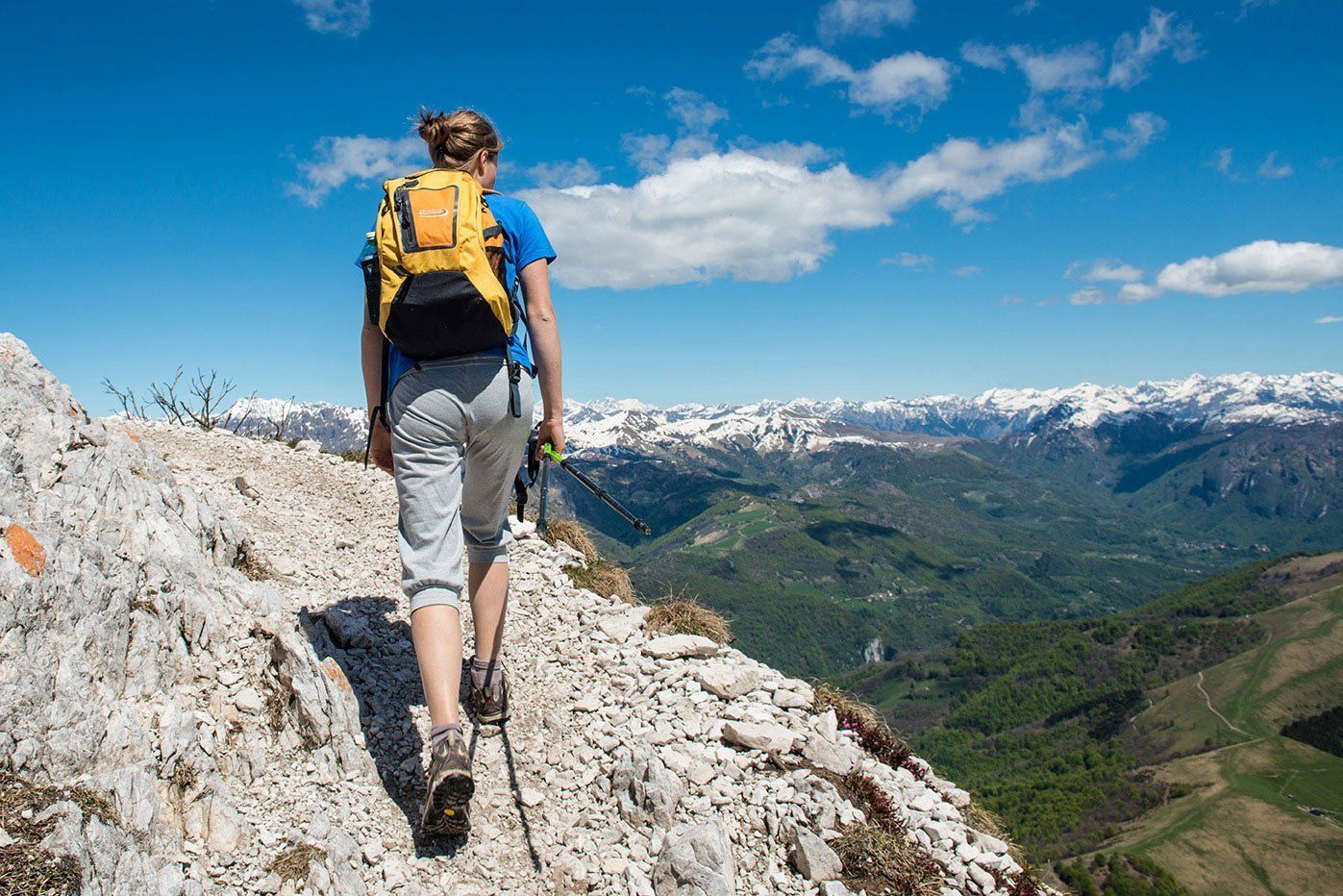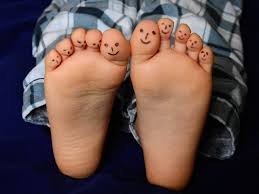04 Dec, 2015
Your Shoe Laces May Be the Culprit
You may not realise it, but the way you tie up your running shoes can have a significant effect on the overall health and comfort of your feet. Whether it’s due to the way the shoe is coming into contact with your foot or the relative tightness of the laces, your chosen method could be a contributing factor to any issues you’re experiencing.
Here are some of the most common conditions that can be improved by simply switching up the way you tie your laces:
Black or Painful Toenails
Black or sore toenails often occur when the front of your toes rub against your shoe or sock. The most likely scenarios that lead to rubbing are laces that are too tight or ill-fitting shoes.
These can both lead to fluid build-up as a result of damage to the nail tissue, causing pressure below the nail. This then causes blackening and pain.
To avoid this condition, try to ensure your running shoes are properly fitted or avoid lacing them too tightly.
Pain on your Upper Foot
Pain on the top of your feet is usually caused by the tendons that run along the upper foot becoming inflamed. These are extensor tendons and when inflamed, the condition is known as extensor tendonitis.
It is often caused by running shoes that have been laced too tightly, or poorly fitting shoes that create a pressure point on the upper foot, leading to swelling. The condition can result in a very painful experience for runners, due to the way the upper foot will likely rub against the shoe.
Applying ice to the area may reduce the pain temporarily, but it’s important to try new lacing techniques or better fitting running shoes to avoid it in the future.
Irritation and Blisters
Whether your shoes are too tight or too loose, if they’re just not right there’s a chance your feet will be slipping to areas of the shoe that don’t quite match up to your foot’s natural shape. This will cause various parts of the shoe to rub on and irritate the skin, leading to irritation and blisters.
If you’re experiencing any of the above, try altering your laces to find a method that works for you. If you’re stuck on ideas, a simple search for ‘ways to tie running shoes’ or similar will show you a number of diagrams that may be helpful.
Alternatively, a visit to your podiatrist could be the best option. A trained podiatrist will be able to show you the best way to fit your shoes and laces to your foot, as well as recommending the best running shoes and techniques to avoid injuries.






